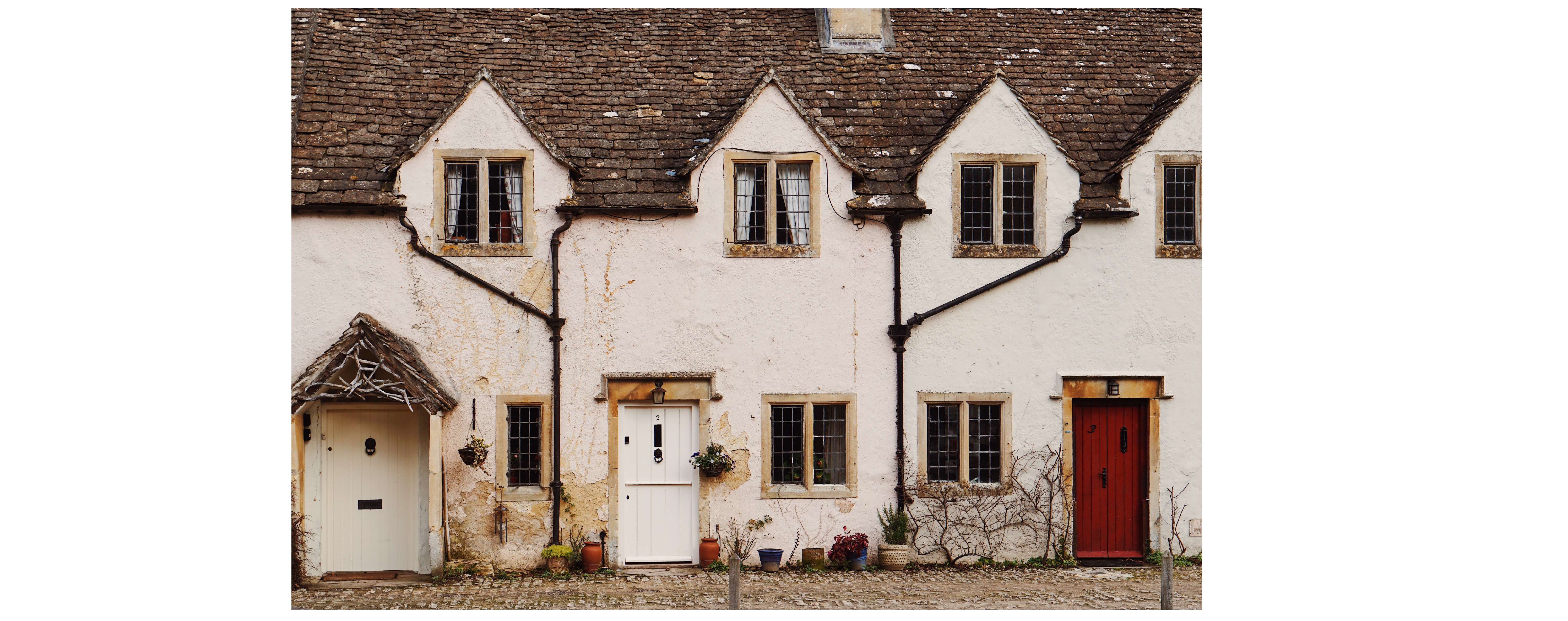 The term
freehold typically means that the legal owner owns both the buildings on their
property and the land situated underneath. There are however properties where this
is not strictly true and they are known as ‘flying freeholds’.
The term
freehold typically means that the legal owner owns both the buildings on their
property and the land situated underneath. There are however properties where this
is not strictly true and they are known as ‘flying freeholds’.
These flying freeholds will occur when either another person owns the land underneath part of your property or your land has another’s property overhanging it, ‘flying over it’. This may be the case in the following circumstances;
· A balcony overhangs the neighboring property;
· A basement extends beneath the neighboring property/land;
· Upper rooms overhang either a shared pathway or a pathway owned entirely by a neighbor;
· A building, usually an older one, has been divided into multiple properties and the property was not divided completely vertically.
As a result flying freeholds will often require support or shelter from neighboring properties and require access to those neighboring properties for maintenance and structural repairs.
It is therefore important to check whether a property benefits from these rights when considering purchasing a flying freehold. Without these rights an owner might find themselves in a position where they cannot access a neighbor’s property to carry out repairs at all or without incurring a cost. Likewise, without these rights, technically an adjoining owner may demolish their property entirely and leave your property without adequate support or without shelter if your property is on the lower level.
What are the options if the necessary rights don’t exist?
1. Deed of Covenant or Deed of Easement – you can agree with the neighboring owner to create these rights however this is likely to be costly and can be a lengthy process. This option is of course subject to agreement with the other owner and if the neighboring property is unregistered or the owner is absent you may have difficulty locating them and obtaining their agreement.
2. Indemnity Insurance – this is the most common choice when purchasing a property and a policy can often be obtained for a few hundred pounds. The indemnity insurance covers you if you cannot, for example, access the neighboring property to repair your property. Most lenders typically accept indemnity insurance as an adequate solution but the existence of the flying freehold and the proposed insurance will need to be reported to the lender for their consideration if buying with a mortgage.
The existence of a flying freehold is not always obvious and as we have seen can sometimes be just the size of a wardrobe. It's therefore important to consider the footprint of a property and compare it against the plans. If there is any indication that a property has a flying freehold, you should inform your conveyancer and your surveyor as soon as possible.
If you have any questions about flying freeholds or other property matters please contact Aiden Jakubik on 01394 277 941 or at aiden@fairstep.co.uk, alternatively fill out our contact form, and we would be happy to discuss your requirements in further detail.
